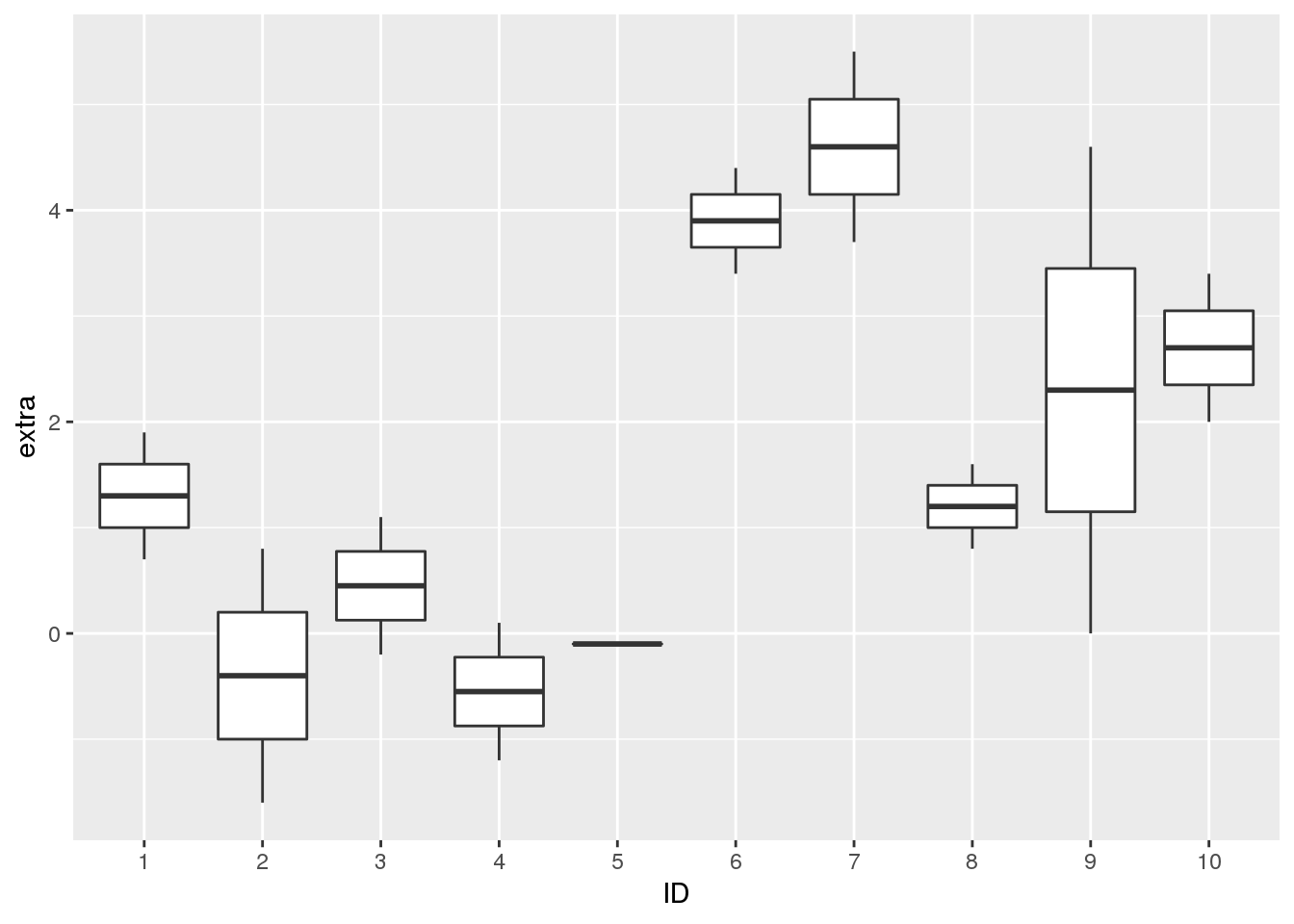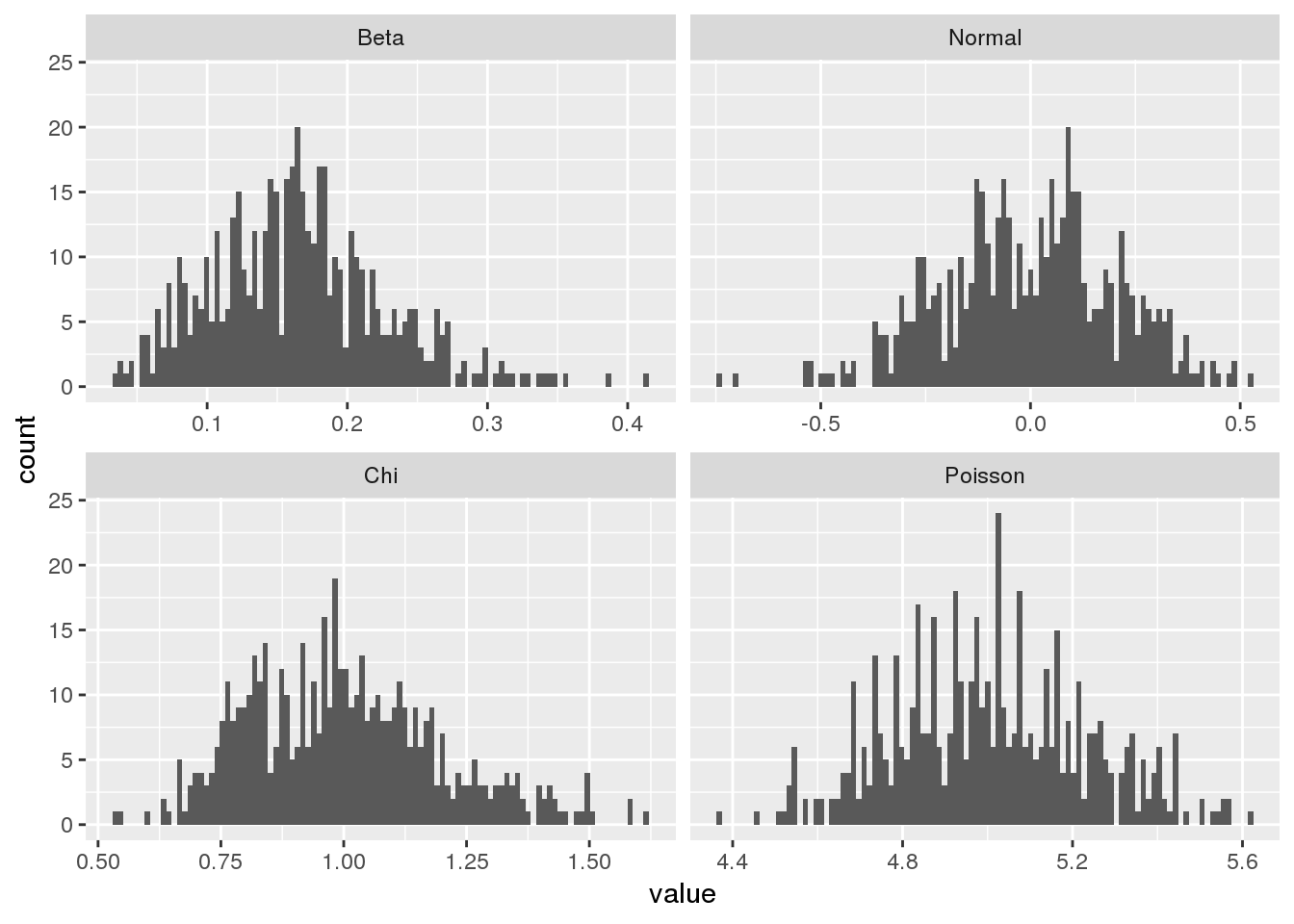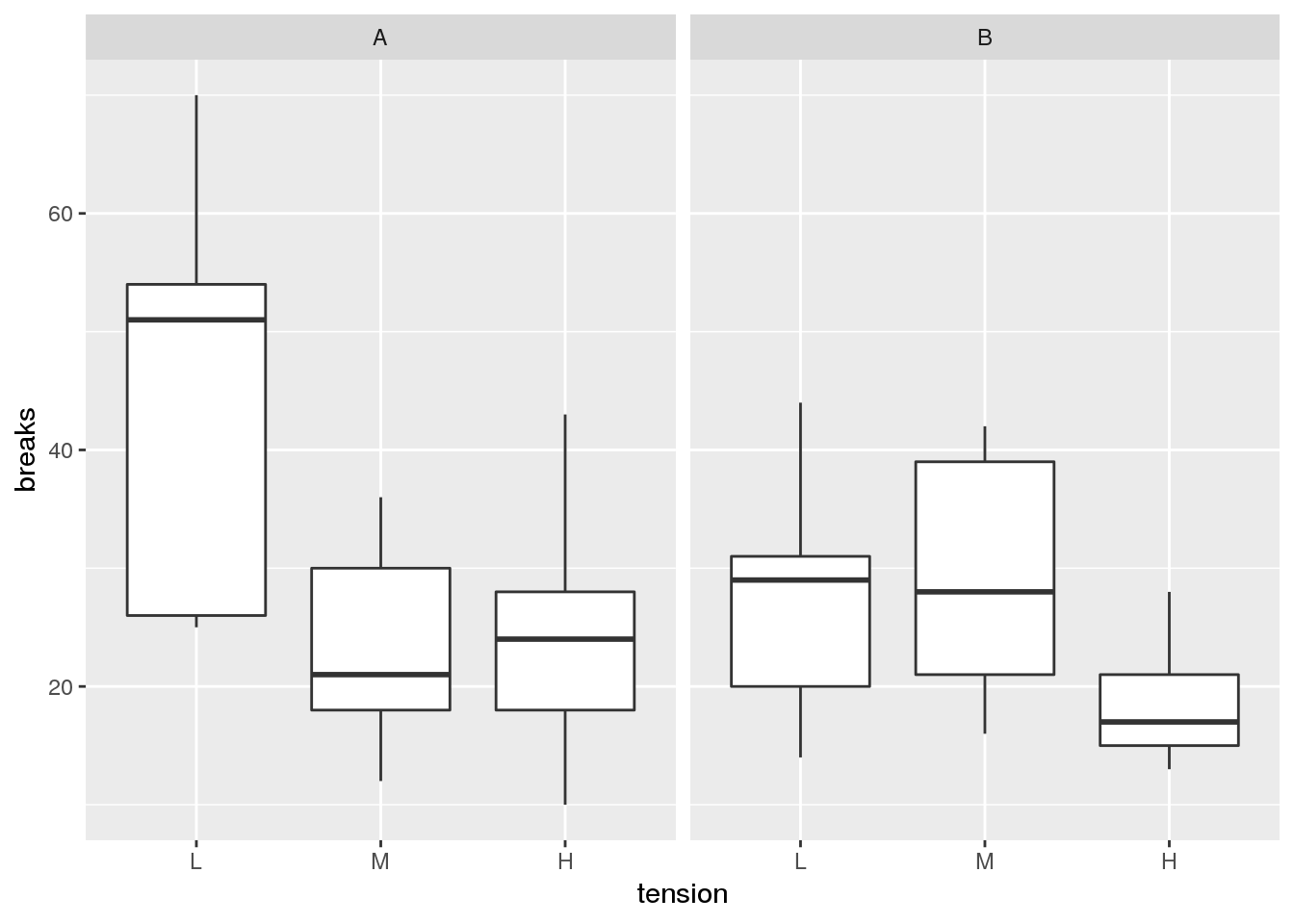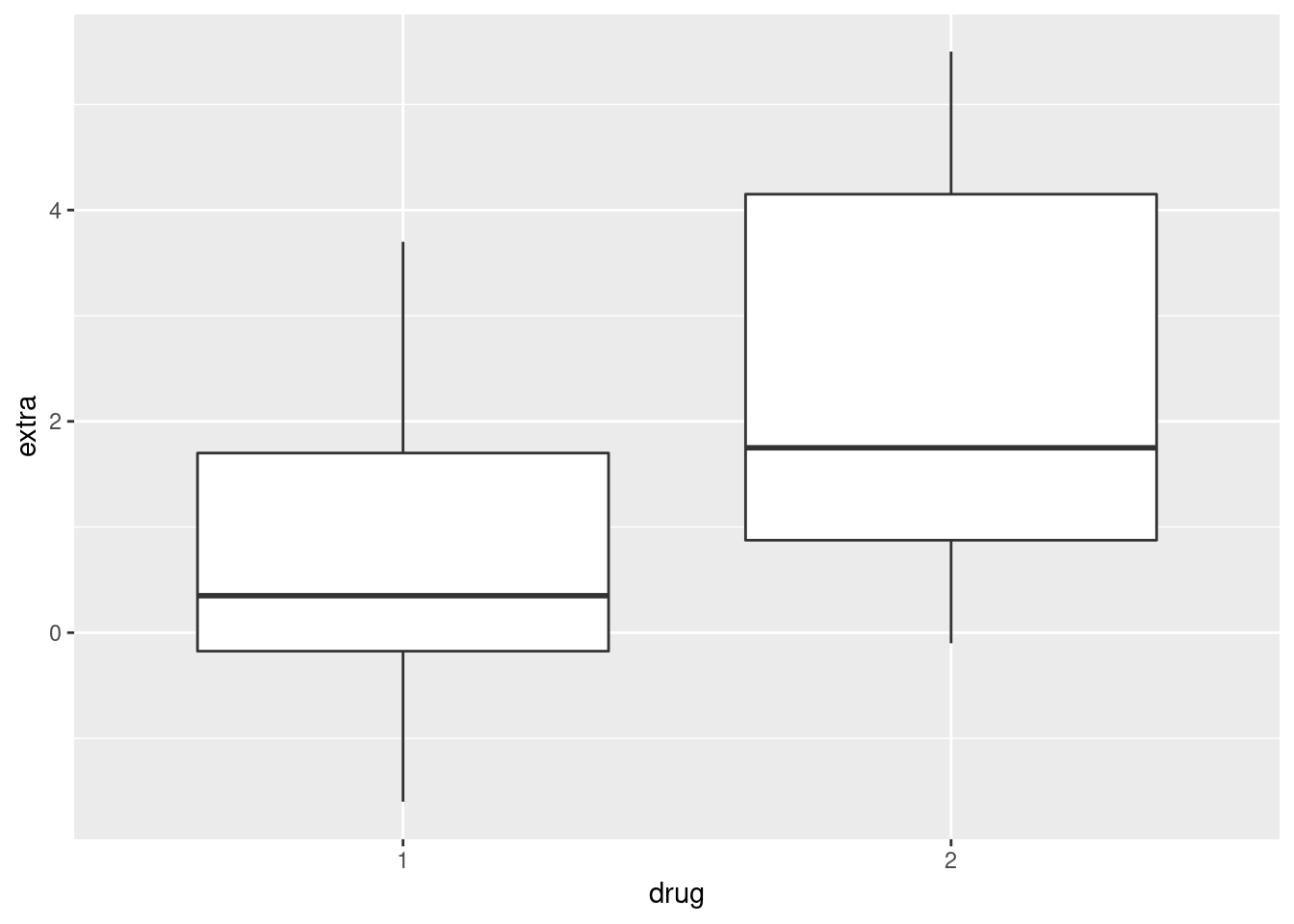
Setting Noindex for Hugo Taxonomy Pages
Taxonomies in Hugo are a great way to structure information provided by a blog. For search engine optimization (SEO) purposes, however, the existence of duplicate content on a site can be a problem. If you think this is the case for your site, then you can use the noindex meta tag for all of the taxonomy sites that do not provide unique content. This post shows you how to get it done.






